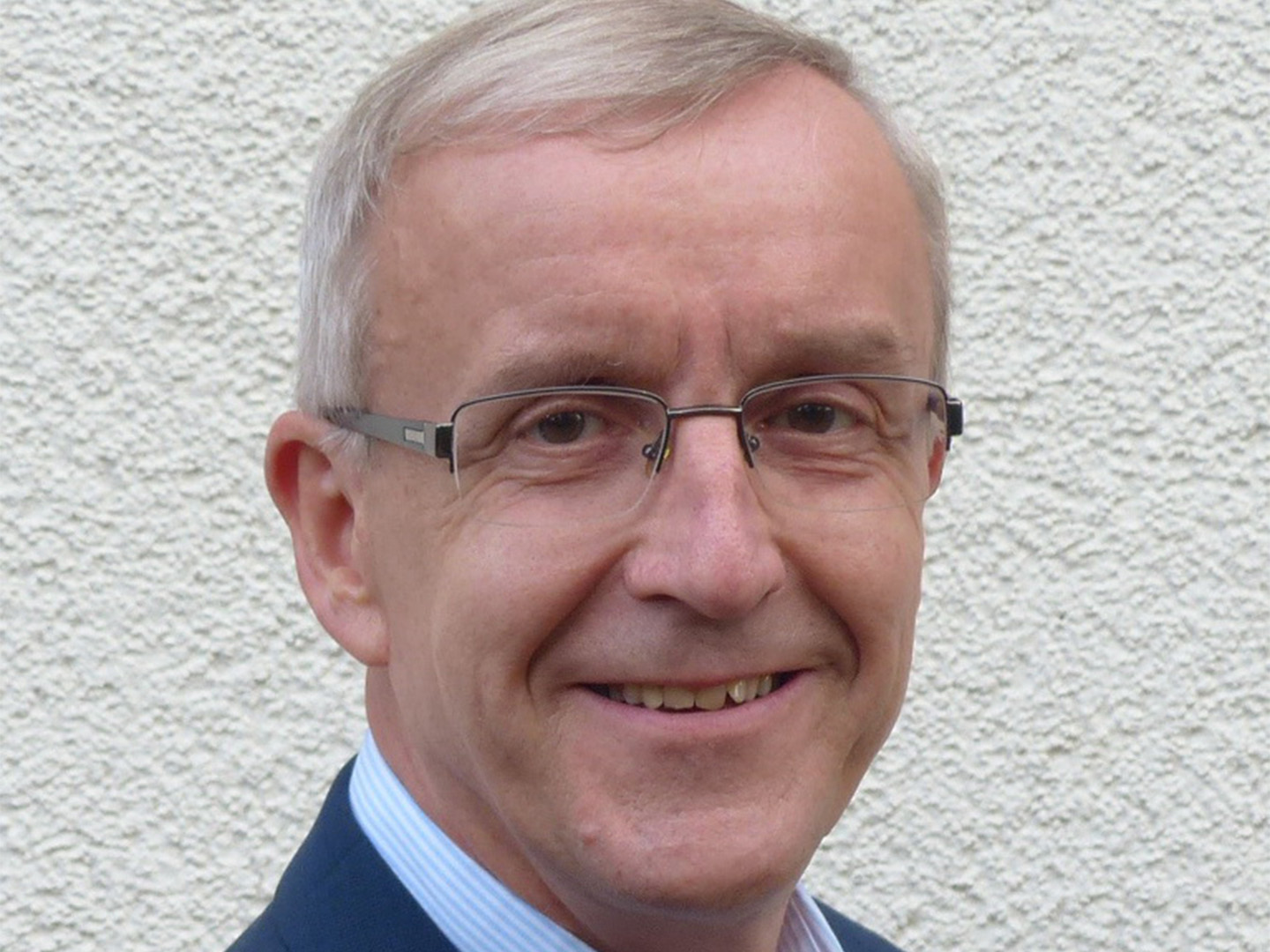... Dr. Olaf von Morstein of thyssenkrupp Uhde GmbH
Interview from 14.09.2023

As the person responsible for the gas purification plant, from this perspective what has been achieved so far in the Carbon2Chem® joint project?
Olaf von Morstein: We have been able to show that we can reliably and safely purify steel mill gases, such as blast furnace gas and converter gas, so that they can be used as feed gas for chemical syntheses to produce ammonia or methanol instead of just burning them to generate heat and electricity. In this way, we are making a decisive contribution to saving fossil resources and reducing greenhouse gas emissions.
What were highlights?
Olaf von Morstein: The recovery of the first liter of methanol and of ammonia from the connected laboratory facilities after the start-up of Carbon2Chem® was undoubtedly an initial highlight of the project. But the fact that we were then able to prove that we had found concepts based on which we could reliably remove impurities from the steel mill gases over a longer period also makes us proud.
What were the biggest challenges?
Olaf von Morstein: On the one hand, it was the construction of the pilot plant in modular design at the beginning, which was new territory for us. On the other hand, there were the special requirements that a pilot plant on this scale entails, both in the choice of plant components and in the requirements for the control system. The relatively low-pressure level of the steel mill gases also played a role. The greatest challenge, however, was to find concepts for responding to fluctuations in the composition of the feed gases.
What are the next steps planned?
Olaf von Morstein: A semi-industrial plant is to be planned together with partners.
 Fraunhofer Institute for Environmental, Safety and Energy Technology UMSICHT
Fraunhofer Institute for Environmental, Safety and Energy Technology UMSICHT